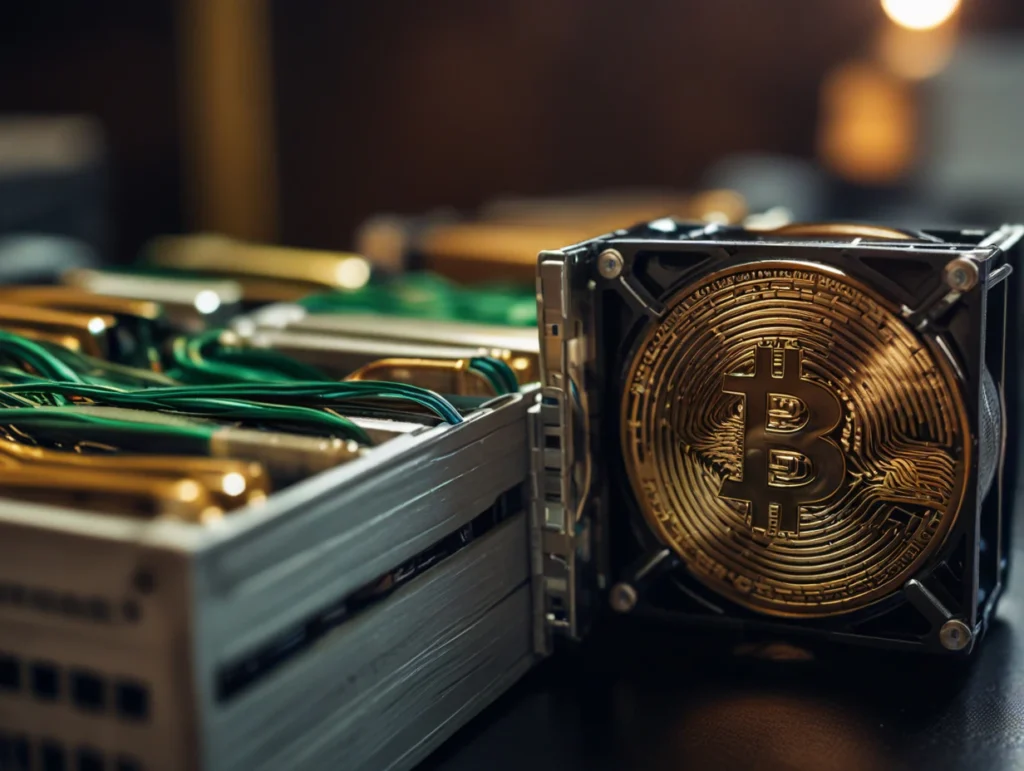At a difficult moment, Adam Sullivan quit his job in investment banking to mine bitcoin. In May 2023, the price of bitcoin was approximately $21,000, US regulators were heavily targeting the industry, and the company he had agreed to take over, Core Scientific, was facing lawsuits from furious lenders in a Texas bankruptcy court, owing them tens of millions of dollars in outstanding debt.
However, Sullivan was aware that he could turn the company around given a lifeline. This is due to the fact that the halving was imminent and would probably trigger a significant bitcoin rise.
This is a rather straightforward technological event: miners that secure bitcoin are paid in bitcoin for validating transactions. The reward to the miners is “halved” once 210,000 blocks of transactions are computed and appended to the main chain.

Thousands of smaller, private miners worldwide compete incessantly to process transactions and get paid in fresh bitcoin, with over a dozen publicly traded miners on the network. The impact of the halving will be seen first by miners, as the event results in a cut to incentives paid to them directly.
The halving has typically caused enormous spikes in the price of bitcoin.
Since the coin has reached new all-time highs and a wave of new investors has entered the market, the previous (and only) three halvings in the chain’s history have actually occurred before every bull run.
Since the quick price gain tends to balance the impact of the block prize being cut in half, it has helped many miners weather the worst. The halving of bitcoin in 2024 has been hailed by some as a turning point in the mining industry. Miners may easily make or break them based on how much preparation they have put in.
Anticipating the halving for years
With reduced power costs and the replacement of their fleets with more energy-efficient machinery, miners have had years to prepare for the halving.
The mining company with its headquarters in Singapore has made investments in new data centers in order to achieve this goal, but its main tactic has been to boost vertical integration through R&D. R&D activities occupy 25% of their workforce.
Bitdeer has one of the lowest “all-in” cost-per-coin in the industry, according to analysts at Cantor Fitzgerald.

According to Core’s Sullivan, bitcoin mining data centers will collaborate closely with power generators and grid operators in the future to act as a virtual battery for the latter. This will enable grid operators to reduce or eliminate peak generation loads, which are deemed costly and unclean.
In addition to owning the entire technology stack, Core Scientific, which was founded in 2017, currently oversees seven mining sites spread across five states in the United States. The business has been trying to increase the variety of sources of income it receives outside of bitcoin.



